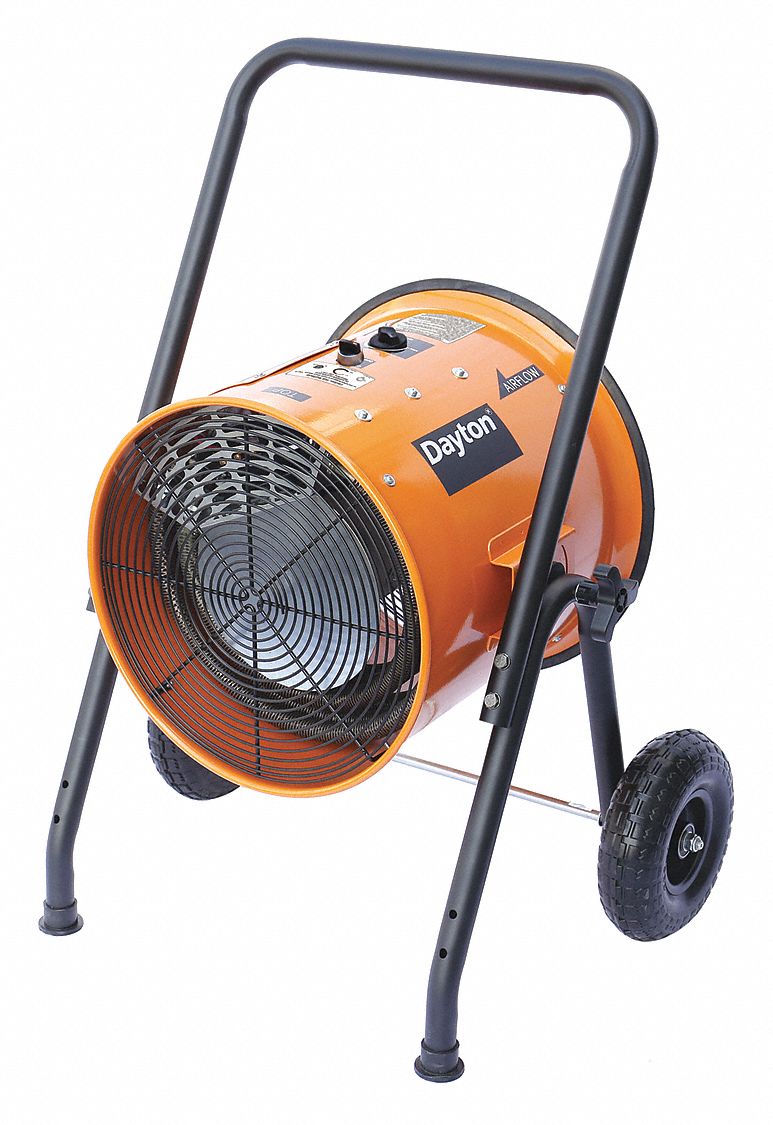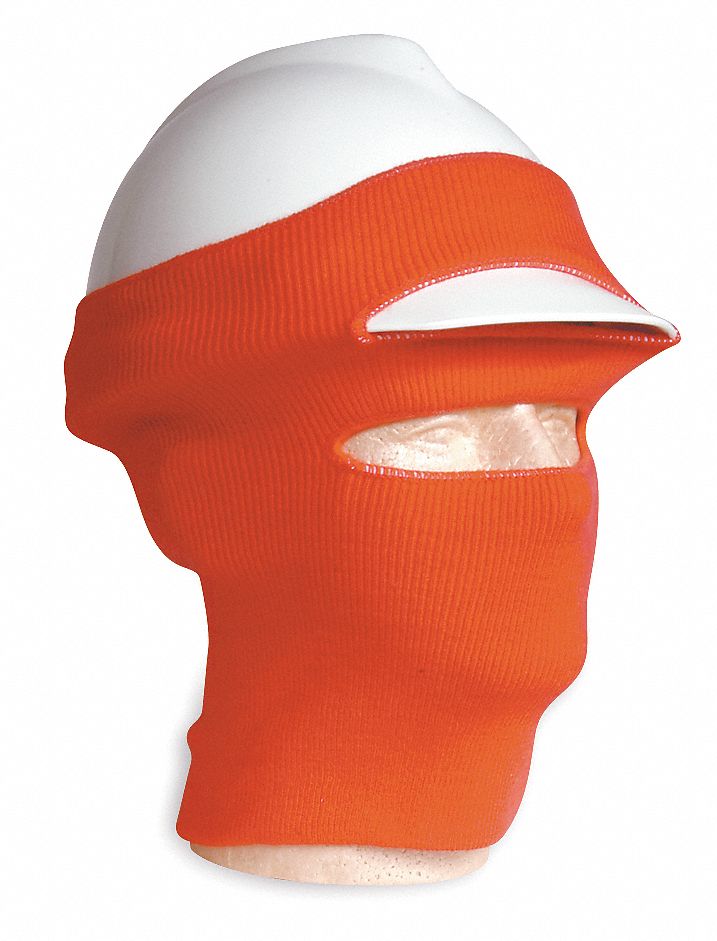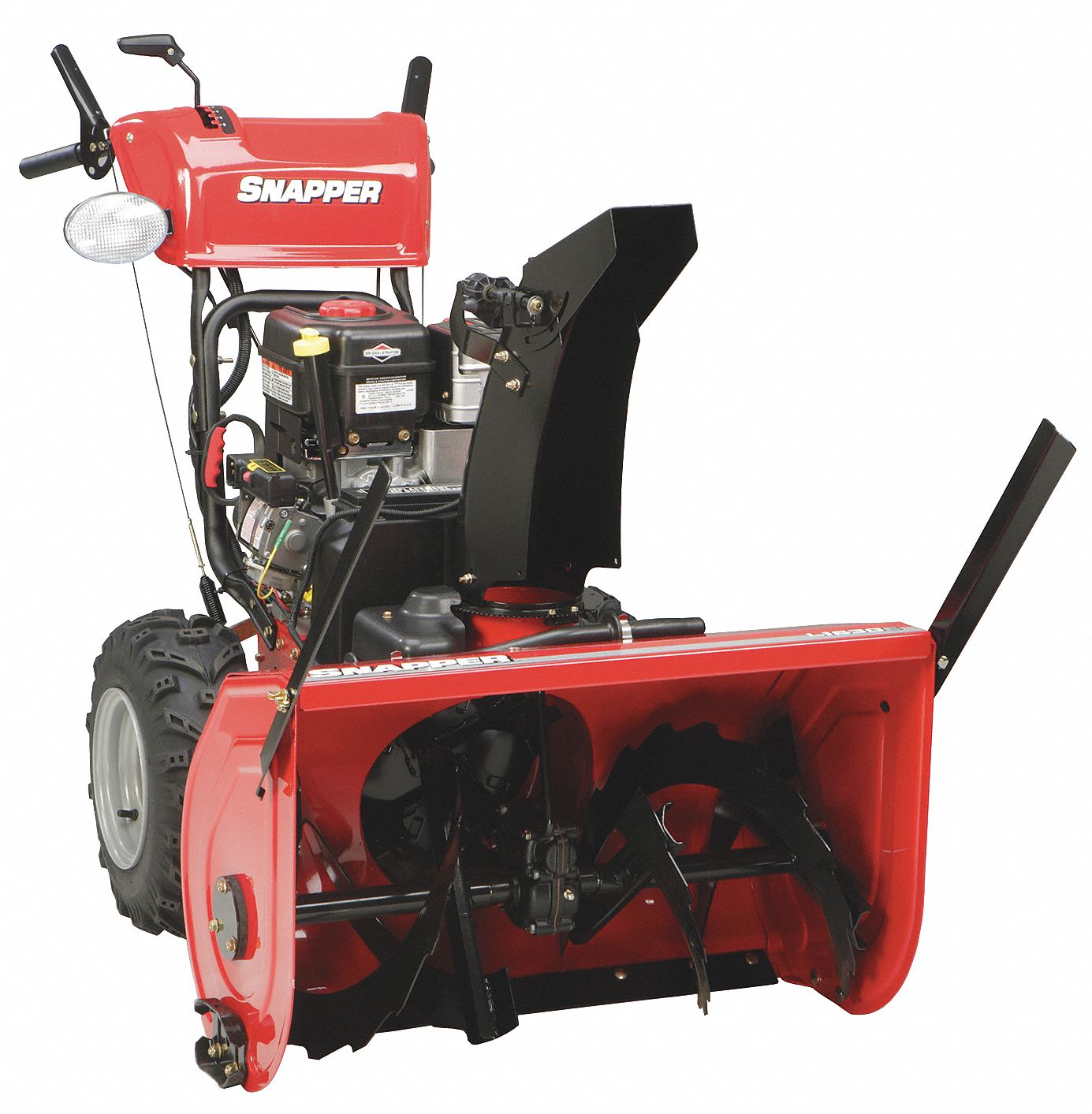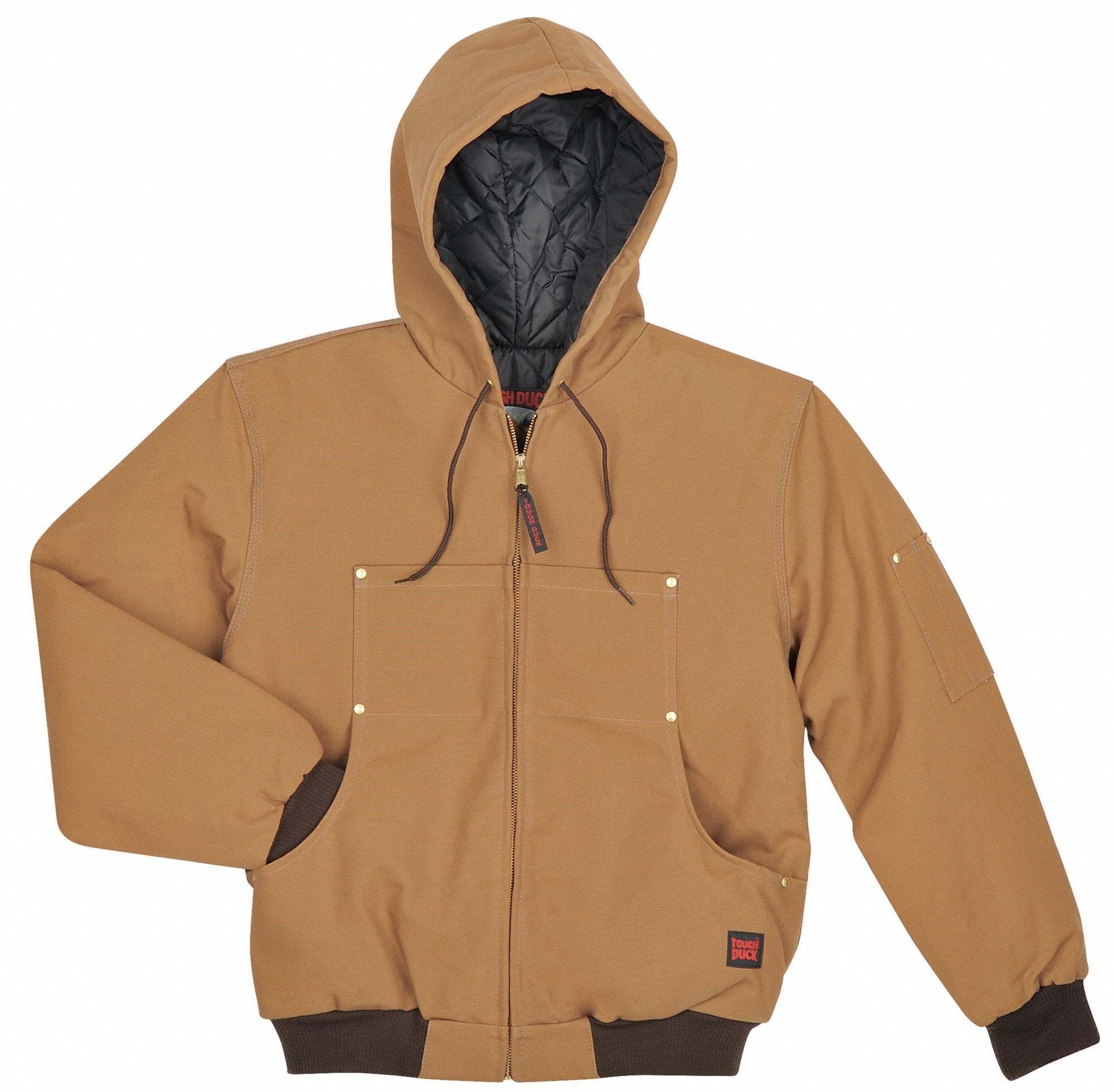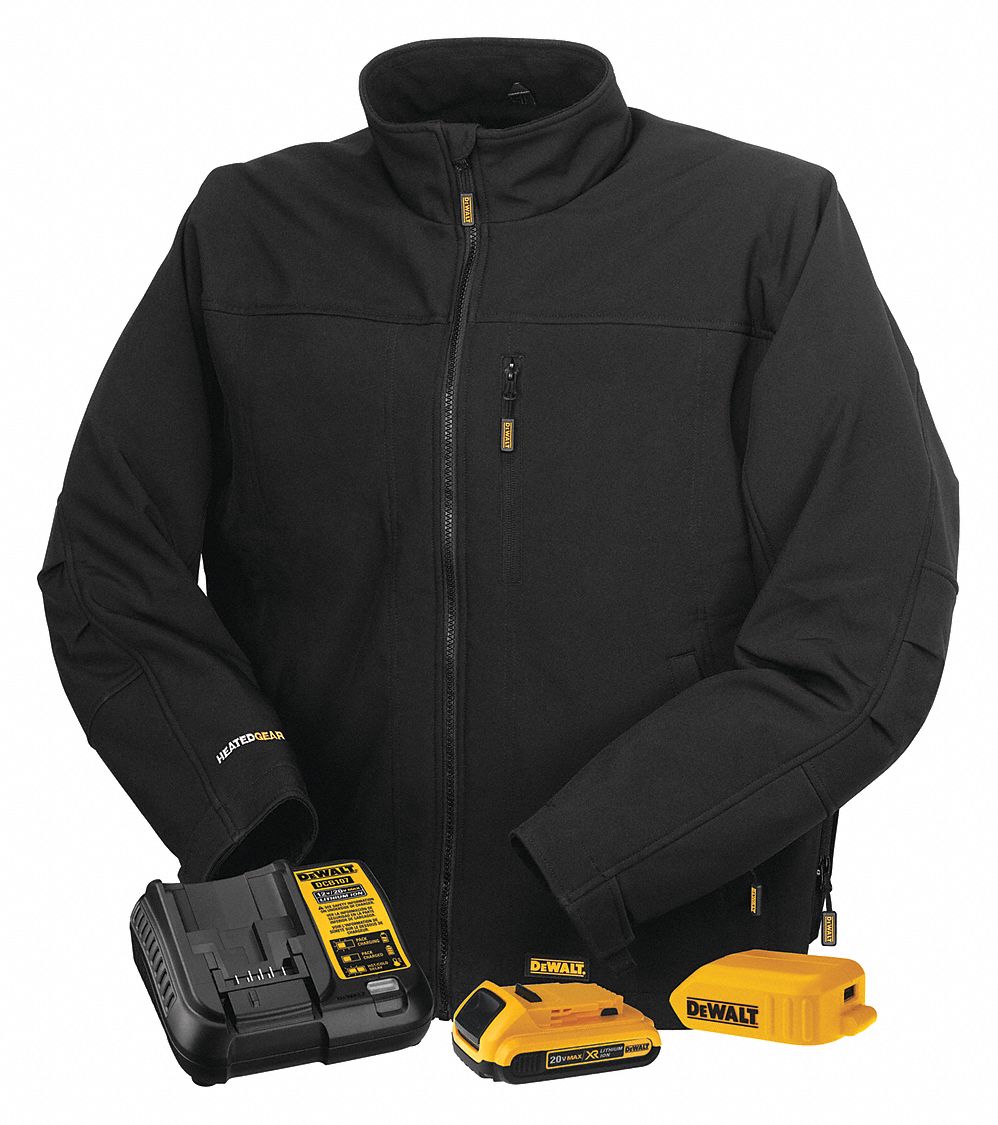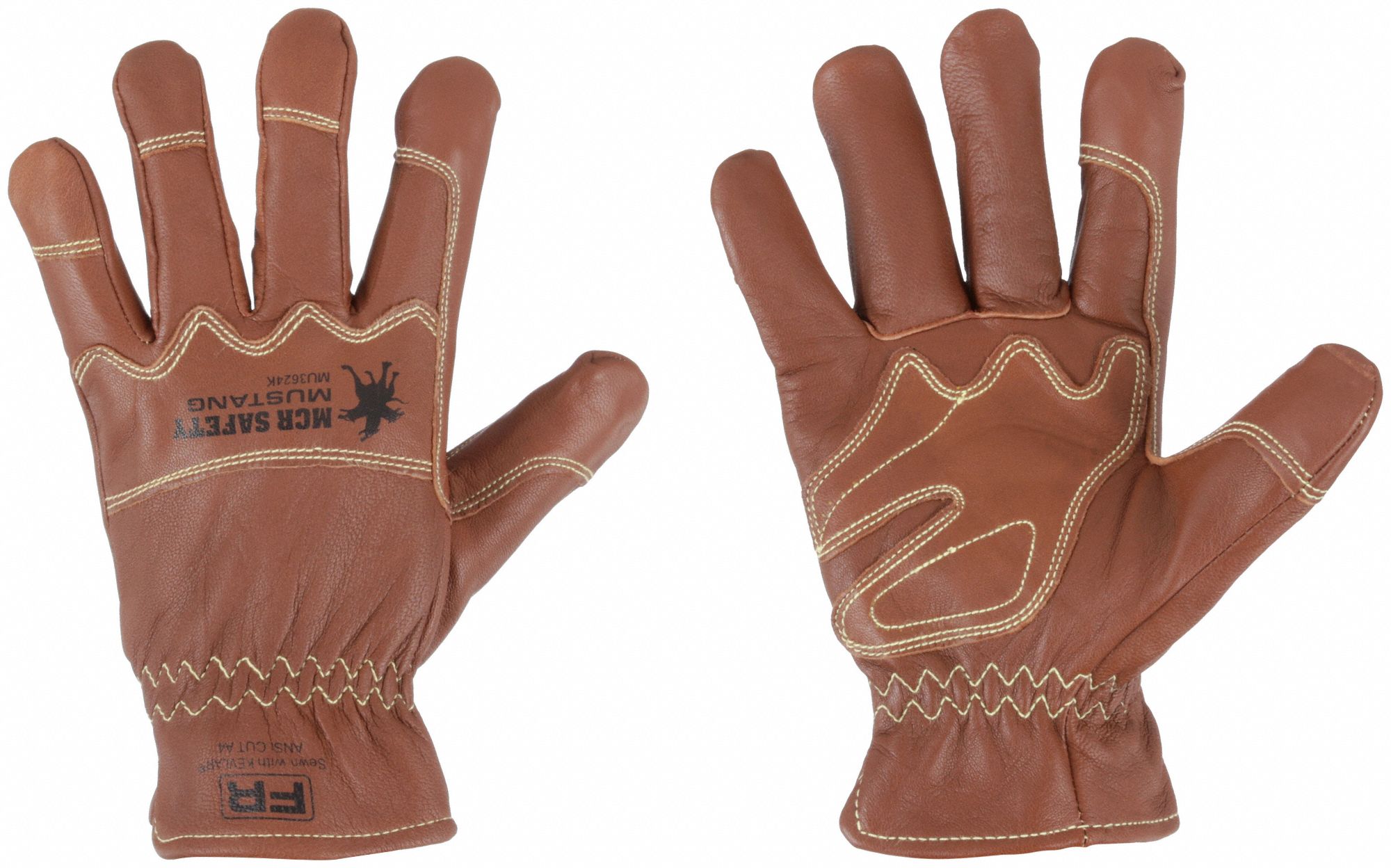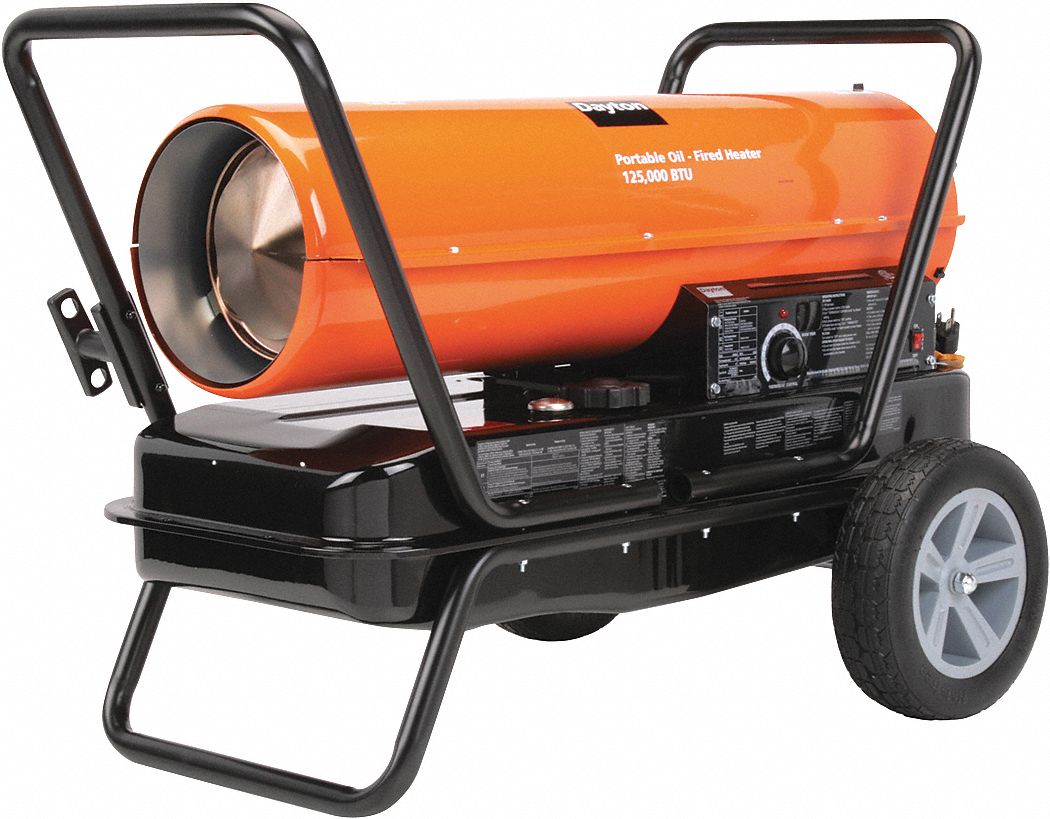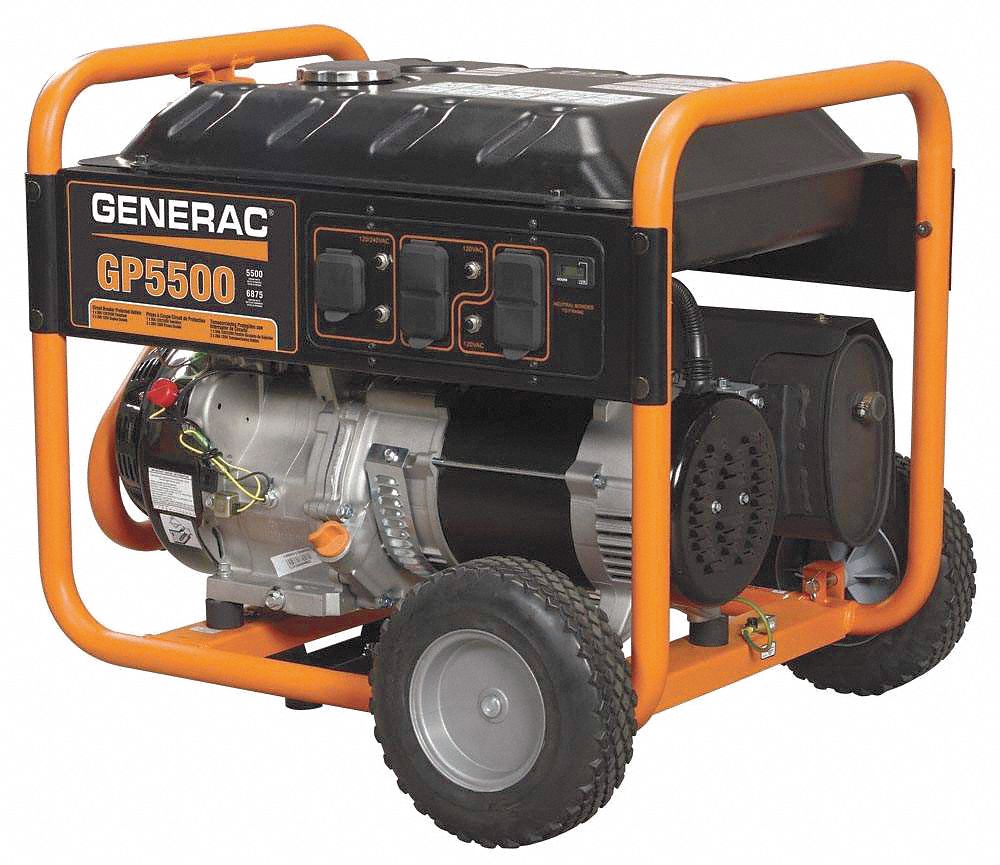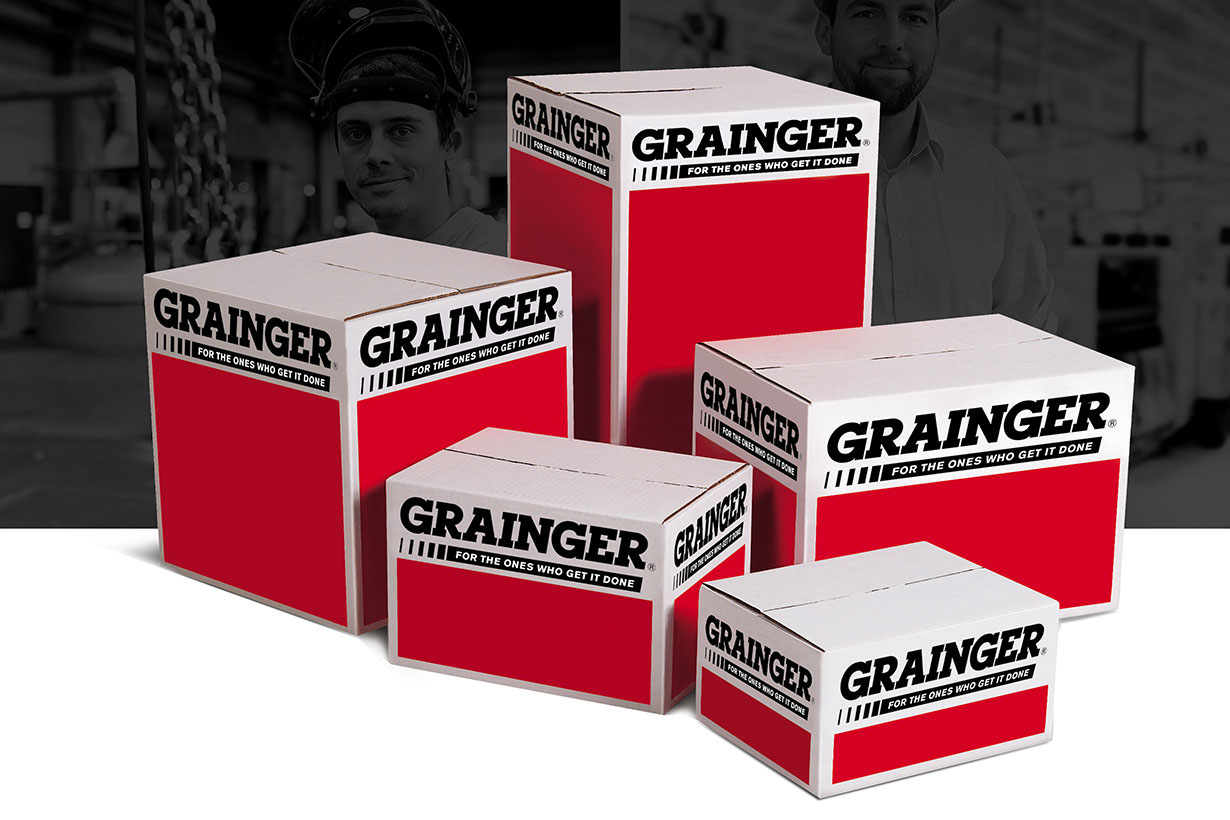

How to Avoid Frostbite: Tips for Working Outside
By Grainger Editorial Staff 12/29/19
When you’re working in below-freezing temperatures, frostbite is a risk. The first step to frostbite prevention is to understand the nature of the injury.
Frostbite sets in when the cold causes your skin and the tissues beneath the skin to freeze. According to the National Institute for Occupational Safety and Health (NIOSH), the symptoms of frostbite include “numbness; tingling or stinging; aching; and bluish or pale, waxy skin.” Frostbite injuries most often affect the “nose, ears, cheeks, chin, fingers, or toes,” according to the Occupational Safety and Health Administration (OSHA), and it can cause permanent damage.
So how do you avoid frostbite? Use these frostbite safety tips to steer your frostbite prevention efforts in the right direction.
Cover Your Ears and Nose
What’s the best prevention for frostbite? Start by protecting your ears and nose, which are among the most vulnerable areas, according to "Hypothermia, Frostbite and Other Cold Injuries." These smaller structures are susceptible to freezing, so it’s important to cover them up, especially when you are on a moving vehicle where you’re exposed to the elements, or in high winds.
Avoid Constrictive Clothing and Tight Shoes or Boots
Blood flow helps deliver body heat to the hands and feet, according to "Hypothermia, Frostbite and Other Cold Injuries," so constrictive clothing and too-tight shoes or boots should be avoided. Even lacing your boots too tightly can be a problem.
Wear Layers
Layers are important because they trap air that helps insulate you from the cold, according to the Mayo Clinic. This can also help you maintain a higher body temperature and avoid the dangers of hypothermia, a condition that’s related to frostbite. (Find more on the connection between frostbite and hypothermia at the end of this article.)
Don’t Smoke or Use Nicotine Products
Nicotine can cause peripheral blood vessels to constrict, reducing blood flow and therefore heat delivery. This potentially aggravates cold injuries, according to "Hypothermia, Frostbite and Other Cold Injuries."
Be Careful Around Metal and Liquids
Metal conducts heat well, which is why cold metal will quickly absorb your body heat, according to the Department of Physics at the University of Illinois at Urbana-Champaign. Contact with large metal objects like wrenches or jack handles can cause “rapid freezing of tissues” according to "Hypothermia, Frostbite and Other Cold Injuries."
Some liquids, such as gasoline and many solvents, having freezing points that are well below the freezing point of water. If these liquids are left outside in subfreezing weather, they can become “supercooled,” and can potentially cause “almost instantaneous” freezing when they come into contact with skin, according to "Hypothermia, Frostbite and Other Cold Injuries."
Eat Well: Frostbite Nutrition
Eating “plenty of appetizing food” can help your body maximize its heat production, according to "Auerbach’s Wilderness Medicine." So what kind of food should you eat for good anti-frostbite nutrition? The recommendation is that, unless you’re at high elevation (above 10,000 feet), fats are most important, followed by carbohydrates and then proteins.
Frostbite and Hypothermia: What’s the Connection?
Frostbite and hypothermia are both caused by exposure to the cold, but their connection is deeper than that. Hypothermia is what happens when your body temperature drops too far. While hypothermia is dangerous on its own, it can also make you more susceptible to frostbite. As your body tries to maintain its core temperature, it may restrict the flow of blood to your hands and feet, making them more susceptible to freezing, according to "Hypothermia, Frostbite and Other Cold Injuries."
Learn More
These tips can point you in the right direction, but there’s always more to learn about safety in cold weather. Learn more about recognizing and treating cold stress and hypothermia.
The information contained in this article is intended for general information purposes only and is based on information available as of the initial date of publication. No representation is made that the information or references are complete or remain current. This article is not a substitute for review of current applicable government regulations, industry standards, or other standards specific to your business and/or activities and should not be construed as legal advice or opinion. Readers with specific questions should refer to the applicable standards or consult with an attorney.

